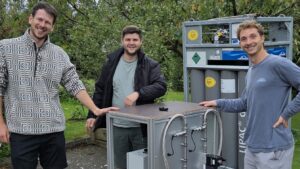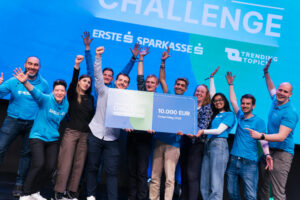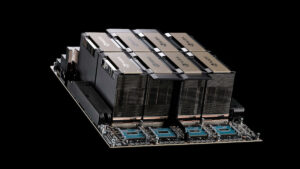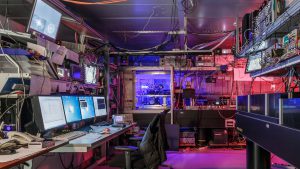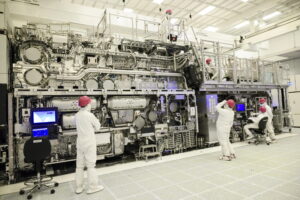Meta: Power consumption has increased rapidly due to AI
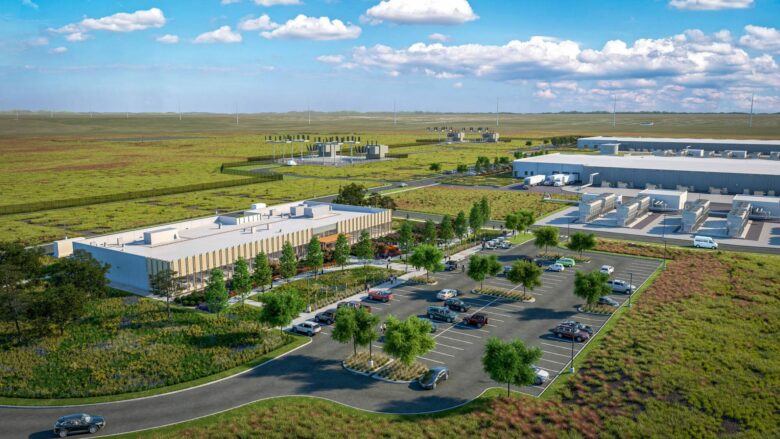
The enormous expansion of artificial intelligence is also accompanied by an increase in electricity consumption in (rented) data centers. The electricity consumption of Meta’s data centers reached 14,975,435 MWh in 2023 – an increase of 34 percent.
Rented data centers are taking over
Meta also rented several data centers, which accounted for around 2,187,020 MWh. These accounted for almost a quarter of the total electricity consumed, but were 97 percent more utilized than in the previous year.
Largest electricity consumers
At 1,375,321 MWh, the Meta campus in Prineville, Oregon, used the most energy to power 16 of the company’s own facilities. This was followed by Altoona, Iowa, with 1,243,306 MWh, and Sarpy, Nebraska, with 1,148,091 MWh. Meta’s most recent 2024 sustainability report calculated the monthly electricity intensity per employed person in the previous year. This increased by an average of 32 percent. Measured by sales, electricity consumption per million USD also increased by 33 percent.
Renewable energies are partially in use
According to Meta, the additional power required came 100 percent from renewable energy sources – or at least PPAs and RECs were used. While Power Purchase Agreements (PPAs) are long-term contracts between energy producers and energy buyers like Meta, in which the company agrees to buy a certain amount of electricity directly from the producer at a set price, Renewable Energy Certificates (RECs) are green electricity certificates that prove that a certain amount of electricity comes from renewable energy sources. Meta’s PUE value remained constant at 1.08, according to the report. This value shows how efficient a data center is in terms of energy consumption – Meta’s value represents very high efficiency.
Environmentally harmful substances are decreasing
The sustainability report also states that Meta’s fuel consumption has decreased, with natural gas consumption reportedly falling by 36 percent. Distilled heating oil and gasoline were also used less, with gasoline consumption reportedly falling by 81.4 percent. For future use in data centers, Meta also plans to use hydrogenated vegetable oil (HVO) for the first time – at its site in Clonee, Ireland. This is a renewable diesel that is produced by hydrogenating vegetable oils, such as rapeseed oil or used cooking oils. Its use will be tested this year, with a view to a possible global switch to generators. Generators serve as an emergency power source in data centers.
Meta’s water consumption
Likewise, total water consumption in Meta’s data centers rose by seven percent. To give you a better idea: 3,881 megaliters were used – one megaliter is equal to one million liters. Significantly larger quantities were taken from the groundwater – 137 percent more. If more electricity is used, this goes hand in hand with higher water consumption. One positive thing to note is that the tech giant can demonstrate increased measures for water recycling.
Water positive by 2030
“Our newest AI-optimized data centers currently under construction will utilize dry cooling,” Meta said in its report. “Dry cooling uses air as the cooling medium and minimizes water usage, making it the most efficient cooling technology for these geographic locations.”
Further expansion of the AI infrastructure
The expansion of Meta’s data centers and generative AI infrastructure is being driven forward with great intensity. In the last quarter of 2024 alone, the company invested $8.5 billion. A further increase in investments is expected for 2025.







